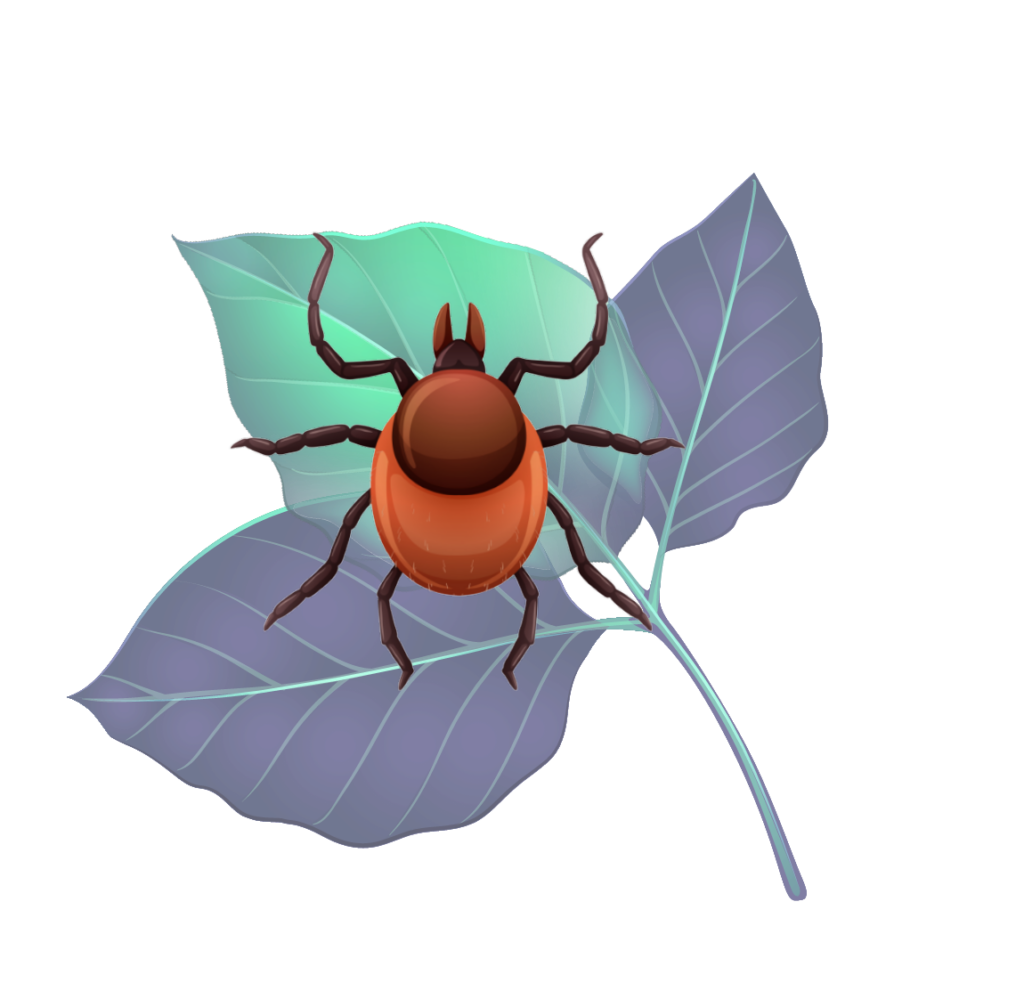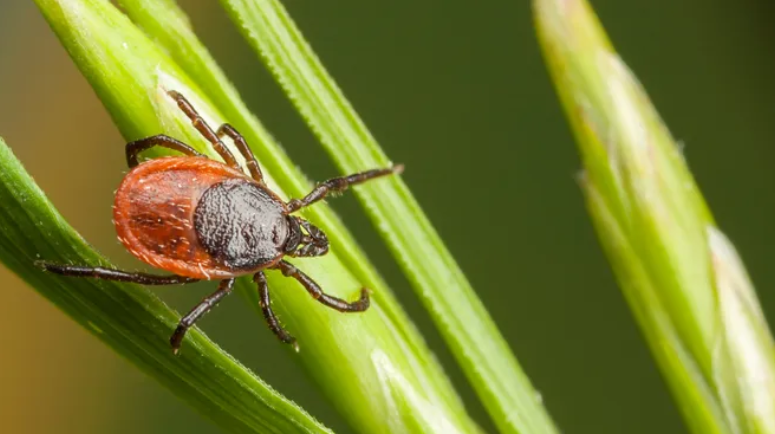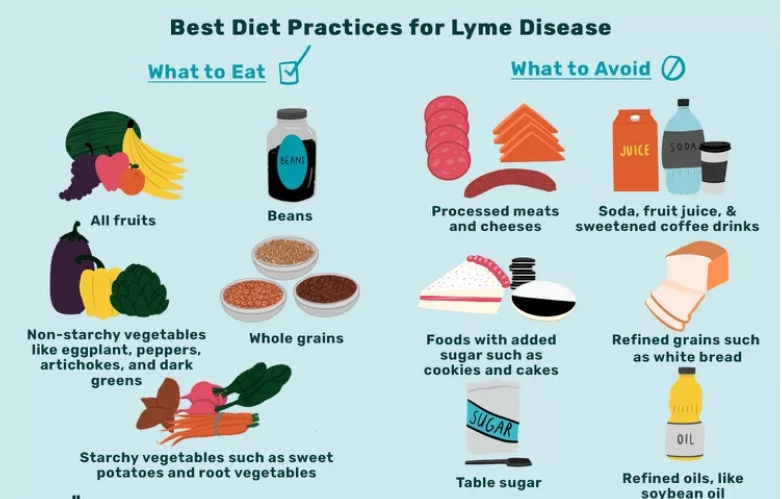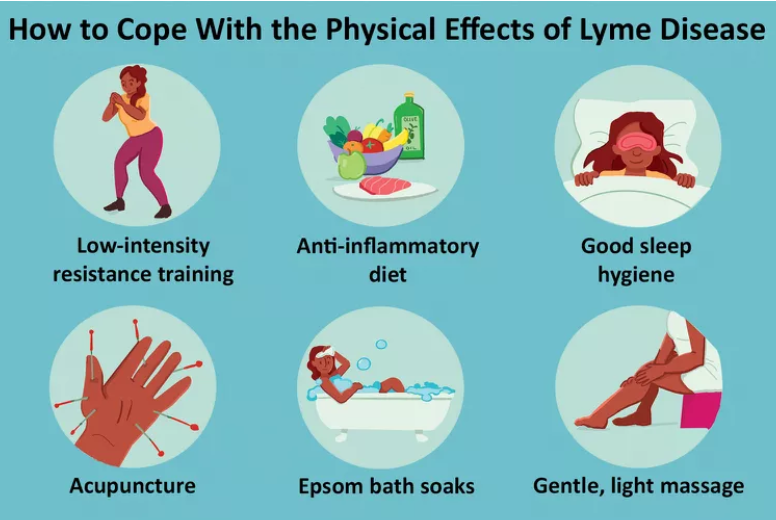Holistic and Alternative Therapies for Lyme Disease


Conventional treatments are available for Lyme disease, but many patients look for holistic and alternative treatments to accompany or even replace the medical treatments. These non-medical treatments for Lyme aim to heal and manage symptoms naturally. Understanding these therapies will give a balanced view of the options available for treating Lyme disease beyond conventional medicine.
What are the best holistic therapies for Lyme disease?
The best holistic therapies for treating Lyme disease are acupuncture, herbal medications, massages, and diet therapy. These alternative methods of treating Lyme disease seek to aid in dealing with symptoms alongside conventional treatments in hopes of achieving an overall better state of health.
Cat’s claw and Japanese knotweed are two popular herbal treatments that have anti-inflammatory and anti-microbial aspects that help in Lyme treatment. Other therapies include acupuncture and massage, which improve blood circulation and reduce muscle tension. Anti-inflammatory diets and supplements of vitamin D and probiotics can help boost the immune system.
Lyme disease treatments can alleviate the pain that comes with it and lessen the chances of chronic effects, which is beneficial when combined with standard treatment as well. People should be careful and consult a valid healthcare practitioner for proper advice before going for alternative therapies.
How effective are herbal remedies for Lyme disease?
Herbal remedies like cat’s claw, Japanese knotweed, and Andrographis are believed to have anti-inflammatory and antimicrobial effects, supporting Lyme disease healing. Such treatments cannot cure the disease but assist the immune system and reduce symptoms of Lyme.
The Japanese knotweed contains “resveratrol,” which has also been examined for fighting Lyme disease bacteria. Though these cures are not considered a replacement for drugs, they are usually administered to ameliorate inflammation, boost immunity, and act as painkillers.
However, before using herbal remedies, it is essential to seek guidance from a doctor because sometimes herbal remedies might conflict with prescription medication and not apply to every person.
Can acupuncture help treat Lyme disease symptoms?
Acupuncture may help alleviate Lyme disease symptoms by promoting blood flow, reducing inflammation, and easing pain. This holistic Lyme healing approach can complement traditional treatments, improving overall well-being and addressing symptoms like fatigue and muscle pain.
Severe chronic fatigue, muscle pain, or stiffness is treated better with this therapy since the combination of traditional acupuncture methods targets these very areas more profoundly. Depending on the individual’s need, acupuncture is sometimes performed after applying modern medicine procedures to enhance the body’s self-healing.
While acupuncture does not cure Lyme disease, it can improve overall quality of life by alleviating the discomfort that accompanies the disease. Always consult with a licensed acupuncturist or healthcare provider before starting treatment.

How can diet impact Lyme disease recovery?
Diet can impact Lyme disease recovery by boosting the immune system and reducing inflammation. Foods rich in antioxidants, omega-3 fatty acids, and vitamins are key to enhancing healing and managing Lyme symptoms naturally.
An anti-inflammatory diet should consist of fruits, vegetables, and healthy fats because it would assist in healing and reducing the inflammatory response of the body. Research indicates that Omega-3 fatty acids found in salmon and walnuts can help in combating inflammation.
Additionally, foods rich in antioxidants, such as berries and leafy greens, contain vital nutrients important for aiding the healing process. It is also advisable to eliminate refined foods and sugar from the diet, as they tend to worsen inflammation and immune function. An appropriate diet should be used together with other management for best results.
What are non-medical Lyme treatments for pain management?
Non-medical Lyme treatments for pain management include acupuncture, massage therapy, herbal remedies, and mindfulness practices. These therapies help reduce muscle tension, improve circulation, and manage chronic pain associated with Lyme disease, complementing traditional pain treatments.
Acupuncture improves circulation and enables the body to heal itself by stimulating specific pressure points to help relieve joint or muscle pain. Likewise, massage therapy eases muscle tension, pain, and anxiety and improves elasticity. Herbal anti-inflammatories such as turmeric and ginger help control pain and soreness.
Meditation and deep breathing are also useful mindfulness immersion techniques that help bring overall calmness and reduce pain perception. Integrating the conventional treatment for Lyme disease with these alternative treatments can help complete pain management overall.

Can detox programs support Lyme disease recovery?
Detox programs are believed to support Lyme disease recovery by helping the body eliminate toxins that may accumulate due to infection. Methods like saunas, fasting, and detoxifying herbs such as cilantro and milk thistle are often used to support the liver and kidneys in processing waste.
By improving the body’s natural detoxification processes, these programs enhance the physiological processes of detoxification, which in turn aims to minimize inflammation, increase energy levels, and assist the immune system in combating Lyme disease.
While these detox programs appear attractive, they should be adopted vernacularly. It is essential to get in touch with a health professional to ensure these programs are not averse to any other treatment.
How can mindfulness help with Lyme disease symptoms?
Mindfulness can help with Lyme disease symptoms by minimizing stress, enhancing sleep, and coping with chronic pain. Other moments like meditation and yoga give relaxation, which is good for the body and mood while recovering from an illness.
These techniques are aimed at the patient’s present moment, thereby reducing the impact of Lyme disease on the patient. Mindfulness can also help promote better sleep quality, decrease pain perception, and even improve well-being in general.
Deep breathing exercises promote the relaxation response, which may help minimize inflammation and aid recovery. Mindfulness, as a complementary component of Lyme treatment, aids in both psychological and physical recovery. Always consult with a healthcare provider to incorporate mindfulness safely.
Wrapping Up!
Holistic and alternative Lyme disease treatments provide a complementary approach to managing symptoms and supporting the healing process. These range from detoxification, acupuncture, and herbal therapies, which assist in boosting the well-being of Lyme patients. While they are not substitutes for traditional medical care, they can offer relief and improve quality of life when used alongside conventional treatments.
